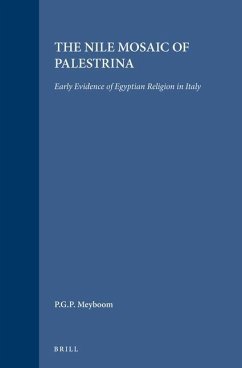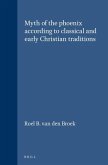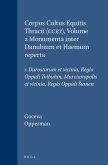The famous Nile Mosaic of Palestrina, ancient Praeneste in central Italy, dating to c. 100 B.C., is one of the earliest large mosaics which have been preserved from the classical world. It presents a unique, comprehensive picture of Egypt and Nubia. The interpretation of the mosaic is disputed, suggestions ranging from an exotic decoration to a topographical picture or a religious allegory. The present study demonstrates that the mosaic depicts rituals connected with Isis and Osiris and the yearly Nile flood. The presence of these Egyptian religious scenes at Praeneste can be explained by the assimilation of isis and Fortuna, the tutelary goddess of Praeneste, and by the interpretation of the mosaic as a symbol of divine providence.








